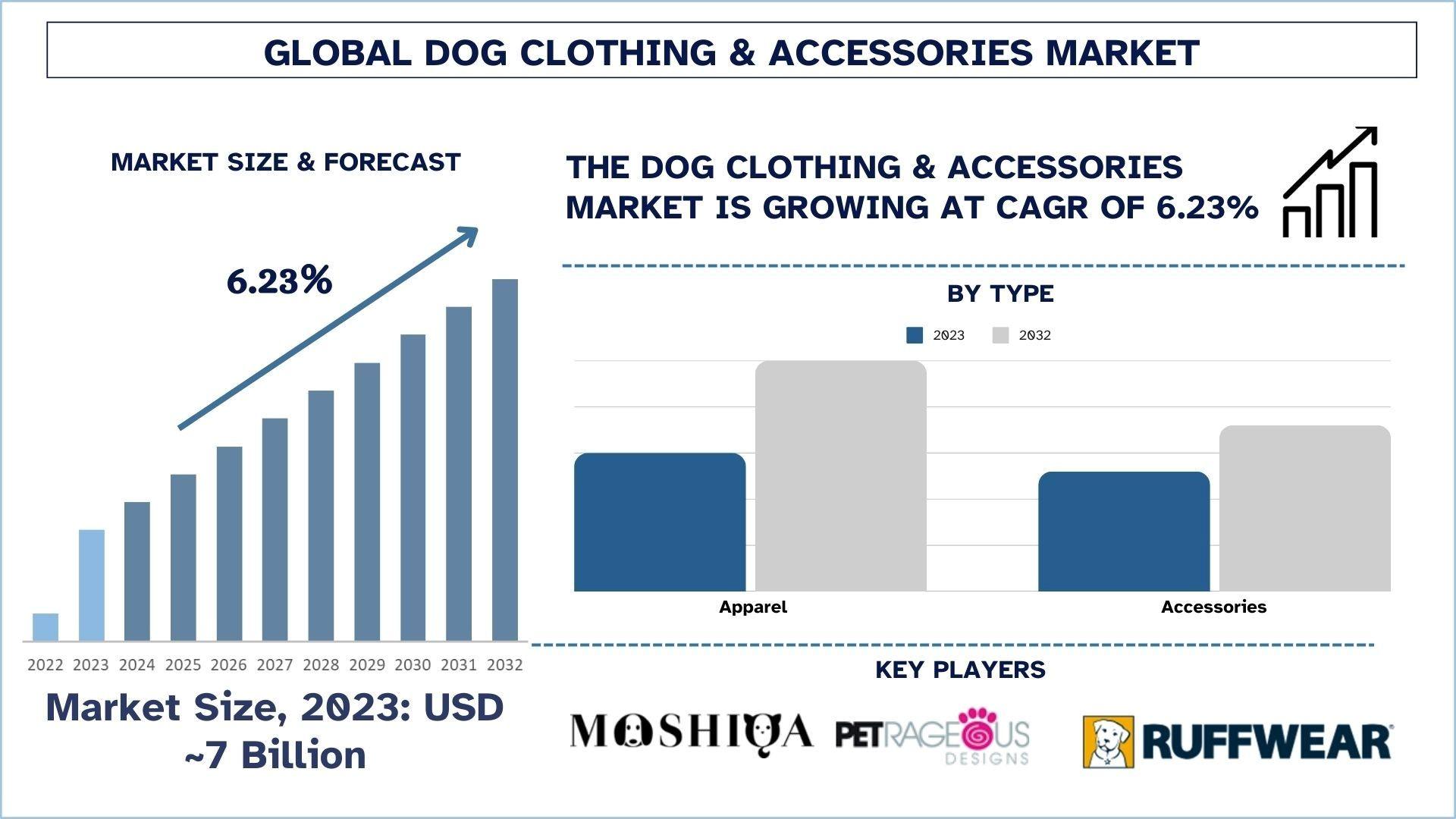Dog Clothing & Accessories Market Analysis by Size, Share, Growth, Trends, Opportunities and Forecast (2024-2032) | UnivDatos

Standards and regulations drastically transform the dog clothing and accessories market. The market dynamics drive certification requirements while consumer protection laws combined with sustainable practices promotion and international trade standards form the basis of market operations. With the rising awareness of environmental and ethical issues, adherence to these regulations will likely shape the future trajectory of the apparel industry. This paper analyses the rules, regulations, and safety compliances in different countries that impact this market.
Get Access to Sample PDF Here- https://univdatos.com/reports/Dog-Clothing-and-Accessories-Market?popup=report-enquiry
Regulations and standards for pets in the United States
Dog clothing and accessories imported and manufactured in the United States must adhere to consumer product regulations and standards. These regulations may address limitations on chemical and heavy metals, flammability, and labeling requirements for the products and textiles. Some of them are as follows:
Flammable Fabric Act
The Consumer Product Safety Commission (CPSC) established standards for the Flammable Fabric Act (FFA) to regulate the flammability of fabrics and textiles imported or manufactured for pets in the United States. It covers the products and textiles such as upholstered furniture, mattresses, rugs, and carpets, where upholstered furniture is subject to the compliance California Technical Bulletin TB 117-2003.
Wooden Handicrafts (USDA APHIS)
According to the United States Department of Agriculture Animal and Plant Health Inspection Service (USDA APHIS), importers and manufacturers should comply with the regulations concerning wooden handicrafts to protect natural resources from non-local agricultural diseases and pests. Some of the products falling under this category may include garden fencing, birdhouses, scratching trees, dog houses, etc. They need to have the permit and have to specify product category, manufacturer’s registered number, quantity of goods, and personal contact details.
ASTM Standards
Importers and manufacturers should follow ASTM standards for the safety and general quality of the product before entering the United States market. Some of the ASTM standards are:
ASTM E1537: For fire testing of upholstered furniture
ASTM D1230: For Flammability of Apparel textiles
ASTM F963-17: Standard Consumer safety specification for toy safety
California Proposition 65
According to this act, it restricts the limit and use of hazardous and cancerous substances such as lead, nickel, cadmium, and mercury used in pet products or accessories.
Safety Data Sheet
Safety Data Sheet provides information regarding the safety and health use of the substances. Pet ear and eye care products, fleas, mosquitoes, lice, deodorizers, and other items must all comply with the safety data sheet. SDS also provides the details enlisted as per the Hazard Communication Standards (HCS) guide.
FDA Regulations
The Food and Drug Administration (FDA) is the regulating body for animal food products in the United States. It ensures the food should be safe to eat, properly manufactured, and labeled. Other certifications required for the approval are 21 CFR 570, 571, and 573.
Regulations and safety standards in the United Kingdom
There are some rules and regulations that apply specifically to pet products such as chew toys, pet bowls, rope toys, etc. Some of the rules and regulations governing the UK dog clothing and accessories market are:
The GPSR
A safety framework known as the General Product Safety Regulations (GPSR) applies to all consumer goods, including blankets, bowls, enclosures, and pet apparel.
BS EN 1930: These ensure the standard safety requirements and testing methods for child safety barriers which may also apply to dogs.
BS EN 71: With an emphasis on toy safety, this standard covers testing related to mechanical characteristics, flammable limitations, etc. This may help the manufacturers to ensure their products are safe and durable.
The standard for electronic products
Electronic pet products must adhere to Electrical Equipment Safety Regulations, the European Low Voltage Directive, etc. Products should have a UKCA mark affixed on them complying with the United Kingdom regulations.
For More Detailed Analysis, Please Visit- https://univdatos.com/reports/Dog-Clothing-and-Accessories-Market
Browse Related Reports:
. Pet Perfume Market: Current Analysis and Forecast (2024-2032)
. Pet Hair Care Market: Current Analysis and Forecast (2022-2030)
. Pet Insurance Market: Current Analysis and Forecast (2022-2028)
. Pet Daycare Market: Current Analysis and Forecast (2022-2028)
Conclusion
Although there are few specific rules, or regulations exclusively governing dog clothing and accessories, various safety, labeling, and consumer protection laws apply. With the increasing consumer demand for sustainable products, many manufacturers are exploring eco-friendly materials and practices. Retailers should also verify that the products comply with the safety and labeling regulations and must conduct due diligence on the suppliers and manufacturers. The consumer should provide humane treatment to their dogs and should provide comfortable clothes and accessories for their dogs by considering sizing standards. According to the UnivDatos analysis, an increase in disposable income, a rising socio-cultural trend of keeping dogs as pets, and higher social media influence will drive the global scenario of the dog clothing & accessories market. As per their “Dog Clothing & Accessories Market” report, the global market was valued at USD 7 Billion in 2023, growing at a CAGR of about 6.23% during the forecast period from 2024 - 2032.
- Art
- Causes
- Crafts
- Dance
- Drinks
- Film
- Fitness
- Food
- Spiele
- Gardening
- Health
- Startseite
- Literature
- Music
- Networking
- Andere
- Party
- Religion
- Shopping
- Sports
- Theater
- Wellness


